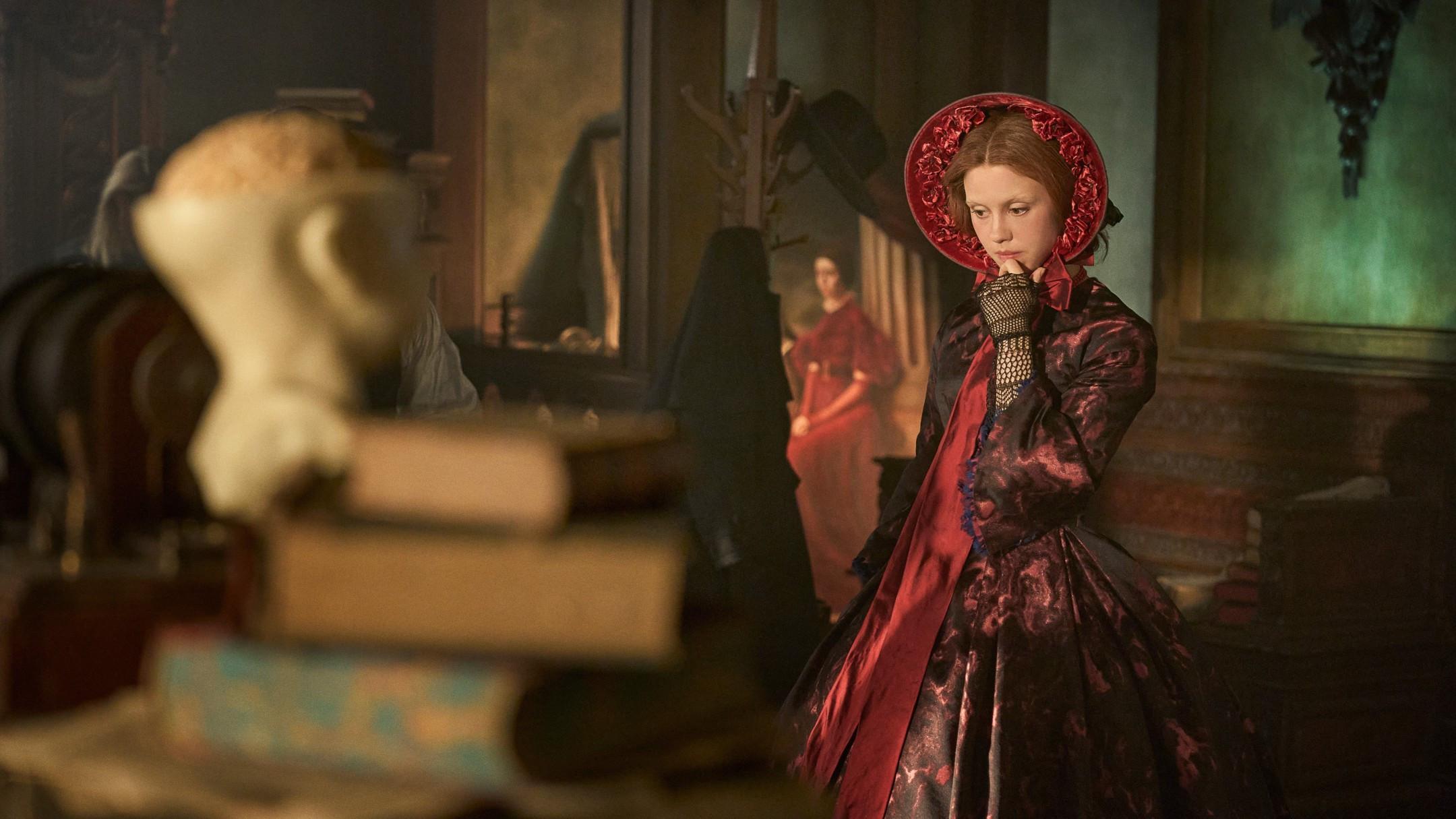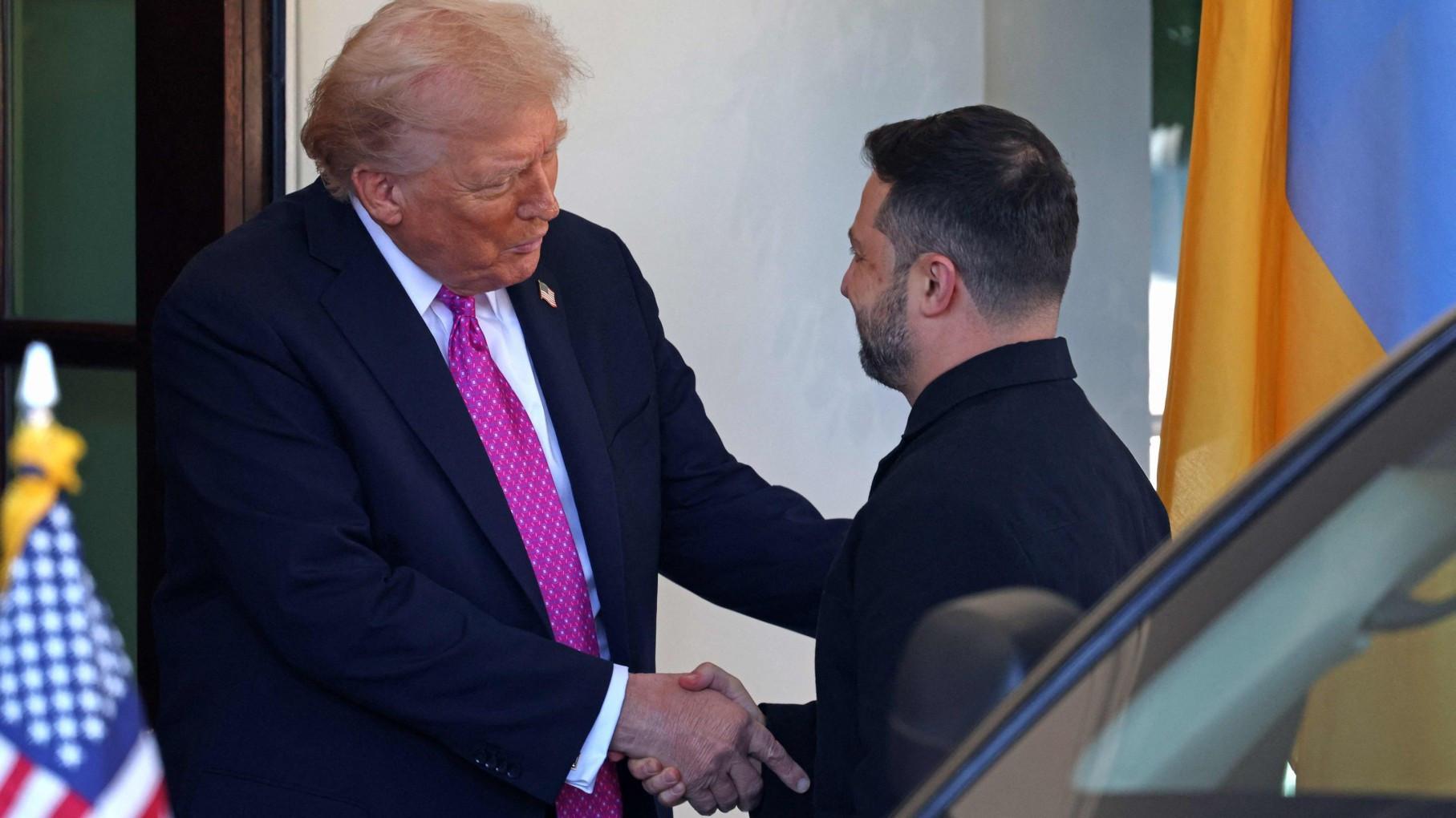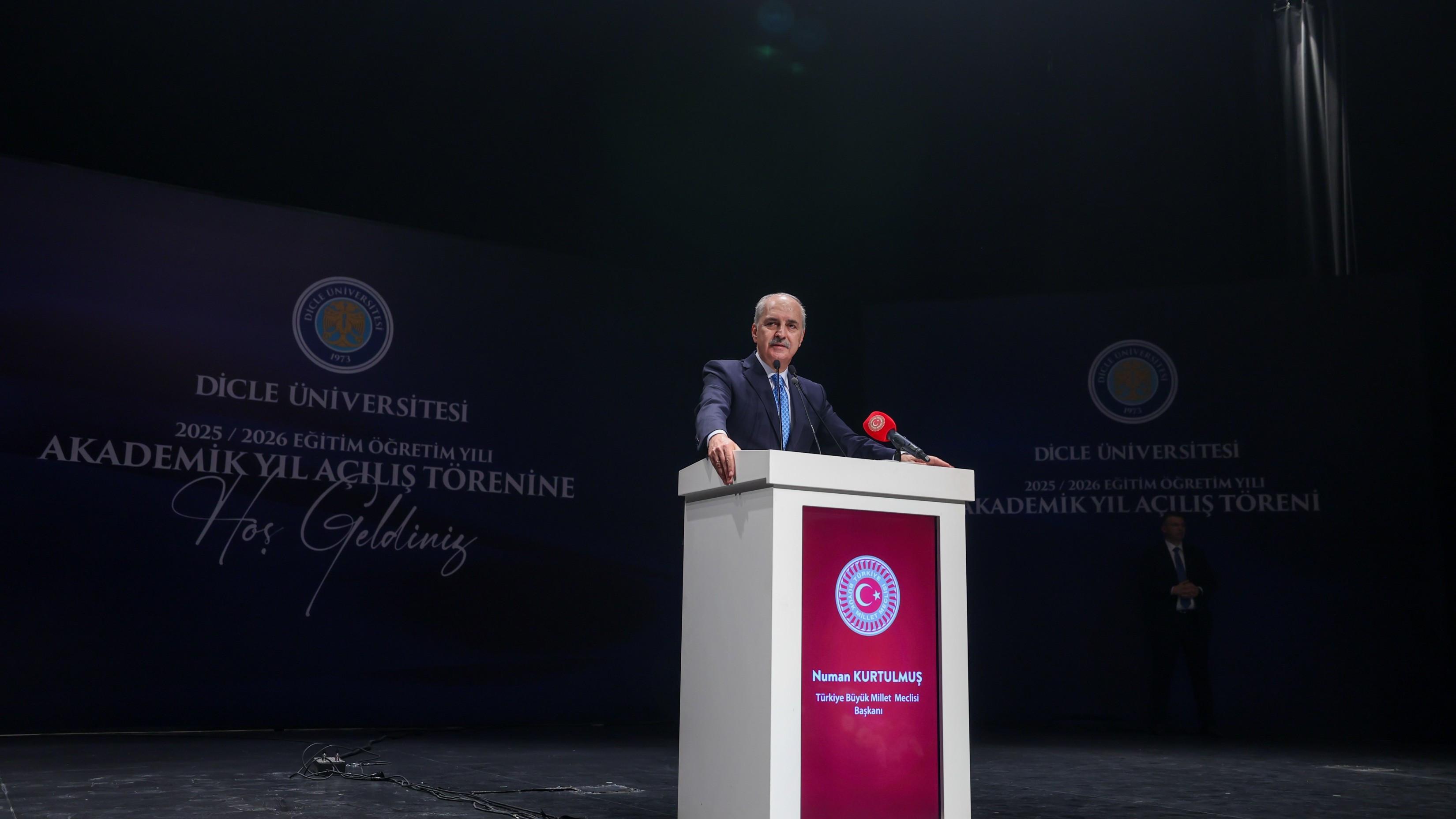Artisans brings del Toro’s ‘Frankenstein’ to life
NEW YORK

When production designer Tamara Deverell first stepped into the towering laboratory of Victor Frankenstein, she paused, overcome by the scale and atmosphere of what her team had created. The massive round window bathed the stone-walled set in filtered light, illuminating the tangle of ornate machinery and the motionless body on the operating table.
“I walked into the lab set when we were just finishing it,” Deverell recalls. “And I was like, ‘It’s alive!’”
For Guillermo del Toro, that moment captures everything “Frankenstein” stands for — not only as a gothic story of creation but also as a metaphor for filmmaking itself. “Moviemaking is a Frankenstein art,” he says. “Every element — sets, costumes, light, music — comes together like pieces stitched into one body.”
His long-awaited adaptation of Mary Shelley’s classic novel, opening in theaters Friday before streaming on Netflix on Nov. 7, is the culmination of decades of obsession. Del Toro calls it “the lament of the monster in its granddaddy form” and insists it be entirely handcrafted. “I wanted a handmade movie of an epic scale,” he says. “The sets are massive. The wardrobe, design and props are all built by human hands.”
To bring this vision to life, del Toro assembled a trusted team of collaborators who have worked with him on films like “The Shape of Water,” “Crimson Peak,” and “Pacific Rim.” Together, they built a cinematic world that feels at once mythic and tactile, tragic and beautiful.
Creature designer Mike Hill, who previously created the amphibious man for “The Shape of Water,” was charged with shaping Frankenstein’s monster — played by Jacob Elordi — not as a grotesque patchwork but as something painfully human.
“We didn’t want a stitch-covered monstrosity,” Hill explains. “You have to keep the soul here,” he says, pointing to his eyes.
Hill’s design rejects the bolts and heavy scars of Boris Karloff’s 1931 creature. “I didn’t want a cyberpunk look in any way,” he adds. “We respect the original version, but we’re doing Guillermo’s version of Mary Shelley’s book.” The result is a “flesh-and-blood first draft” of humanity — both terrifying and fragile.
On set, Hill worked closely with del Toro and actor Elordi to fine-tune the creature’s physicality. “Everything depended on that electric moment when the creature first sits up,” Hill says. “It’s like watching Superman put on his costume for the first time.”
Costume designer Kate Hawley, who has collaborated with del Toro since his unproduced adaptation of “The Hobbit,” shared a similar philosophy. “His first brief to me was, ‘I don’t want any (expletive) top hats,’” she laughs. Del Toro’s Frankenstein, she explains, “is not a period piece — it’s timeless.”
Hawley’s designs mix richness and decay, from Mia Goth’s regal blue gown — which took four months to perfect — to the creature’s ragged, evolving cloak. “We had an entire team just for dressing and wrapping the creature,” she says. “He goes through mud, snow, wolves and dynamite. The costume itself becomes a monster.”
Her color palette reflects del Toro’s trademark symbolism. “Reds and greens are Guillermo’s emotional colors,” Hawley says. “But sometimes what works in reality doesn’t work on camera. Every fabric, every hue needed testing. It’s all alchemy.”
Shadows, smoke and light
Cinematographer Dan Lausten, who first teamed with del Toro on 1997’s “Mimic,” brought the film’s gothic aesthetic to life through striking use of contrast and texture.
“We’re not afraid of the darkness,” Lausten says proudly. “We like light that has character.”
Many scenes were lit entirely by candles or daylight streaming through old windows. The approach evokes 18th-century paintings — and, fittingly, Stanley Kubrick’s “Barry Lyndon,” parts of which were filmed in one of Frankenstein’s main locations, the 18th-century Wilton House.
But del Toro and Lausten didn’t want the soft, romantic glow of Kubrick’s film. “We prefer more contrast,” Lausten explains. “We want to shoot against the light, often from the dark side of the actors. Guillermo always says, ‘You’re killing me,’ when I push the blocking right to left, but he loves the result.”
The visual tone was further deepened by the practical atmosphere of smoke and mist. “Sometimes Guillermo thinks I’m trying to burn the set down,” Lausten jokes. “But that smoke gives the images their depth.”
Gothic craftsmanship
The sets, all built in Toronto where del Toro has lived for two decades, were complemented by location shoots in the U.K. Deverell’s scouting trips through Scotland doubled as visual research, with the director leading her through art museums and ancient towers.
“We don’t talk a lot about the movie,” Deverell says. “We speak in visuals — in paintings and other films. He’ll say, ‘Watch this one,’ and you understand instantly what he means.”
Among the film’s most impressive structures is a full-scale Arctic ship embedded in ice. But Deverell’s favorite remains the laboratory — the centerpiece of Victor’s world. “Guillermo wanted it big,” she says. “That round window — it’s part of a circle motif that runs through the entire film and even nods to Crimson Peak.”
The production’s handcrafted ethos extended to every detail. From the gears of the laboratory to the texture of the creature’s skin, everything was built or painted by hand. “It’s one big group of monster makers,” Hill says. “A lot of Victors on set.”
Rounding out del Toro’s team is composer Alexandre Desplat, whose lush, emotional scores for “The Shape of Water” and “Pinocchio” earned him critical acclaim. He considers Frankenstein the third part of a creative triptych with del Toro.
“I need to bring out the creature’s unspoken emotions,” Desplat says. “That’s why the score uses a large orchestra but also a single violin, played by Eldbjørg Hemsing from Norway. Her sound expresses the purity and pain of the monster.”
Desplat’s music blends tenderness and grandeur. For the key scene in which Victor assembles the creature from corpses, he composed a waltz. “At first, I thought it should sound gothic or violent,” he says. “But we realized it’s about creation — Victor’s in a trance, like a painter or sculptor. That’s when we chose the waltz.”
In Frankenstein, del Toro’s familiar fascination with outsiders and monsters takes on new intimacy and scale. Every frame bears the touch of human artistry — from the flicker of candlelight to the faint shimmer of a costume’s thread.
As del Toro says, “Movies are made the same way Frankenstein made his creature — piece by piece, by people who believe they can bring something to life.”
“Frankenstein” opens in theaters on Oct. 17 and begins streaming on Netflix on Nov. 7.















